Flying tachanka. Experienced aircraft P.12 Lysander Delanne
Light multipurpose aircraft Westland Lysander
To some extent, a light multi-purpose aircraft for interaction with the Westland Lysander ground forces was the British analogue of the Soviet U-2 (Po-2). In the sense that it was a universal and easy to pilot machine that solved a huge number of tasks on the battlefield. The small plane, which was a single-engine monoplane with a high wing and fixed gear, did not have high flight characteristics and managed to become obsolete by the beginning of World War II, but was unpretentious, well-controlled and turned out to be an extremely versatile aircraft. A total of 1938 Westland Lysander aircraft was assembled in the UK and Canada from 1942 to January 1674.
When creating the aircraft, one of the mandatory requirements of the British military was that it could “pick up” small cargoes from the ground on a low-level flight, for example, containers with important reports. In the 1930 years, this way of connecting units between themselves was considered quite promising, since radio stations, their reliability and quality left much to be desired, and they themselves were not available in all field units of the British army. The development of the aircraft began in 1934 by Westland engineers. The first flight of the prototype took place on June 15 of the 1936 of the year, and already in April of the 1938 of the year, the aircraft, named Lysander in honor of the Spartan commander, went into mass production.
The appearance of this universal aircraft dates back to the combat experience of the First World War, having comprehended the results of which, the British generals came to the conclusion that the army needed a multi-purpose, inexpensive and unpretentious aircraft capable of reconnaissance in the interests of ground units, including the search for divisions detached from the main forces or surrounded by the enemy and establishing contact with them, delivering supplies and ammunition, evacuating the wounded to the rear. In addition, the aircraft was able to hit ground targets onboard weapons and bombs, as well as perform connected and traveling tasks. First of all, Westland Lysander was an aircraft of direct support and interaction with the ground forces.
The aircraft, built by Westland engineers, was distinguished by good flight characteristics at low flight speeds, which made it possible to effectively conduct reconnaissance of the terrain, including using photo equipment, as well as deliver reports. In addition, the aircraft was able to take off and land from small airfields, which was especially useful during the Second World War. Westland Lysander aircraft were often used for special operations in German-occupied territories, as well as for communication with the French resistance. To increase the flight range on aircraft, a fuel tank with a capacity of up to 150 liters could be suspended. For all its versatility, a small light aircraft in some versions could stand up for itself, as it received two course 7,7-mm machine guns installed in the fairings of the wheels of the chassis, as well as an 1-2 machine gun of the same caliber on a pivot mount to protect the rear hemisphere. In addition, the aircraft could take on board up to 227 kg of bombs (1x227 kg, 4x51 kg or 12 9,3 kg).
By its versatility, Westland Lysander stands on a par with the Soviet U-2. It is worth noting that the British were far from the only ones who designed such a plane. Similar in purpose light aircraft were created in the USA, Germany and the USSR. The German Army Fieseler Fi 156 Storch light aircraft, the Soviet multipurpose U-2 (later Po-2) and the American light multipurpose Piper Cub were the same aircraft. At the same time, against the background of the listed samples, Westland Lysander was distinguished by the largest dimensions and take-off weight. As a result, the aircraft was the most expensive, but stood out favorably with the best flight characteristics. The sufficiently powerful Bristol Mercury XX piston engine installed in the English aircraft, which produced 870 horsepower, provided the multipurpose vehicle with a maximum speed of 340 km / h, which is significantly higher than that of all the aircraft listed above. And one of the advantages of Westland Lysander over the Soviet U-2 was a more spacious and fully glazed cabin. In general, the aircraft turned out to be quite successful, which led to the appearance of a large number of modifications and one radical alteration - the experimental P.12 Lysander Delanne aircraft with powerful turret weapons.
Flying Wheelbarrow P.12 Lysander Delanne
The experimental aircraft P.12 Lysander Delanne, which was called the "turret fighter", a flying cart or light attack aircraft, was one of the machines that was created on the basis of the multi-purpose aircraft Westland Lysander. Due to the unusual appearance, the P.12 Lysander Delanne, also unofficially called Westland Wendover, was built in a single copy and became quite famous, often falling into various collections of the most unusual aircraft.
The turret fighter was designed and built in metal by Westland engineers in late 1940. For this, the designers have seriously reworked one of the serially built samples of their light multipurpose aircraft Lysander. As a result of the work, the tail of the aircraft was shortened by installing in the rear of the fuselage a mock-up of a rotating rifle turret manufactured by Nash & Thompson with 4x7,7-mm machine guns, which replaced the standard tail assembly. The British installed similar gun turrets on their long-range bombers, for example the Armstrong Whitley. The installation of a rifle turret required the designers to replace the stabilizer with a second trapezoidal wing of a rather large size with keel washers at the ends.
As a result of the manipulations, it turned out something that really looked like a flying cart. The tandem scheme aircraft with a sufficiently large firepower, which was all concentrated in the rear hemisphere, presented to the audience. According to the developers, such defensive weapons were supposed to protect a light army multi-purpose aircraft from attacks by Luftwaffe fighters. As the fighting in France showed, Lysander turned out to be very easy prey for German pilots. Of the 174 Westland Lysander aircraft available to the British Expeditionary Force, 88 were shot down by enemy fighters and anti-aircraft fire, and 33 were destroyed on the ground or abandoned during the retreat.
True, even with a full-fledged machine-gun turret, the aircraft’s ability to defend itself against attacks by high-speed maneuvering fighter jets with cannon weapons was very arbitrary. But it is no accident that the progenitor of this brainchild of a gloomy British genius was a multi-purpose aircraft. The British expected to use the P.12 Lysander Delanne as a night fighter, as well as a light attack aircraft. The latter was even more relevant, given that the plane was very slow for the fighter, but the possible invasion of the Germans on the islands of the British military was really scary. All means were good for repelling a possible landing on the coast. Given the deplorable state of the British armed forces in the 1940 year, an attempt to create such an aircraft seems quite justified.
Despite the fact that the experimental aircraft was surprisingly well-controlled in flight, even in a small series the car did not go and remained made in a single copy. The plane’s problems arose only at taxiing, according to eyewitnesses, it kept its heading poorly, the reason was a decrease in the chassis base during the conversion process. The constructed flight model crashed during one of the flights in the 1944 year. Despite an unsuccessful career, the plane forever inscribed its name in the history of aviation, and numerous photographs of this unusual aircraft, outwardly resembling a large insect with two heads, have reached us.
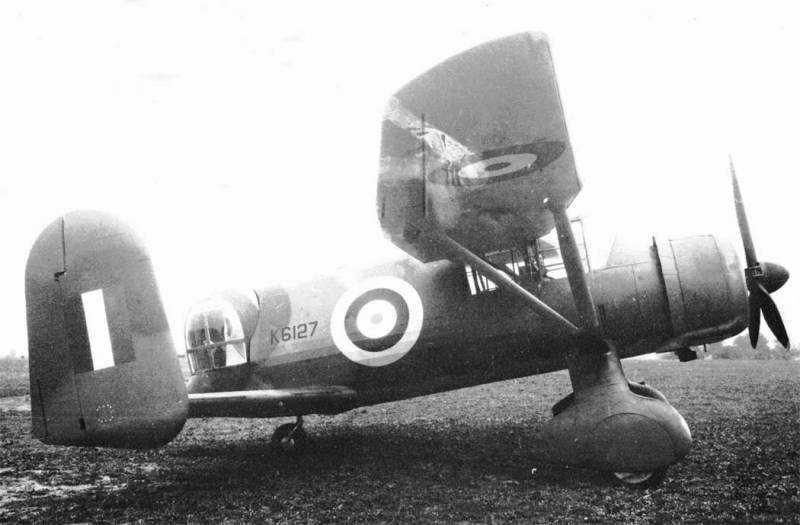
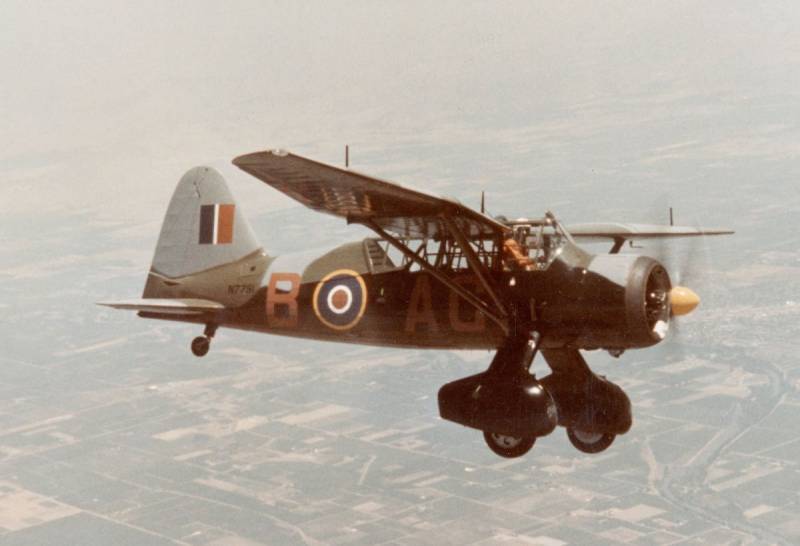
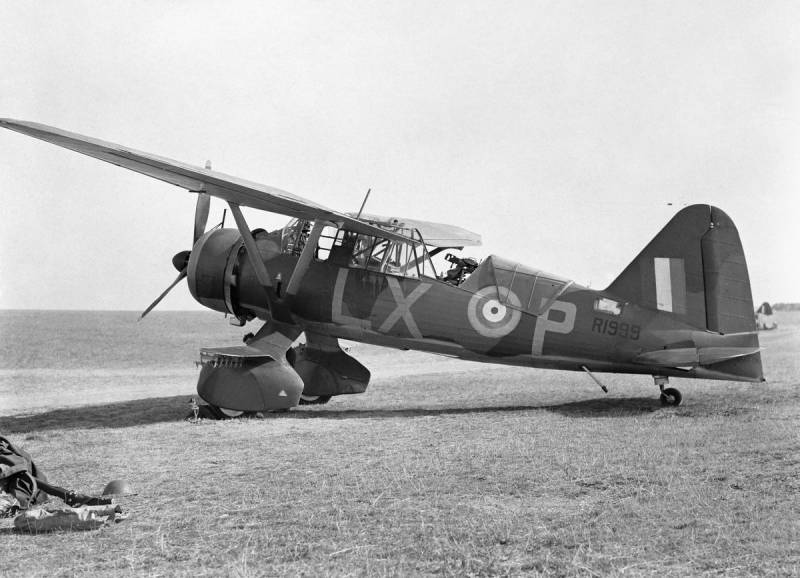
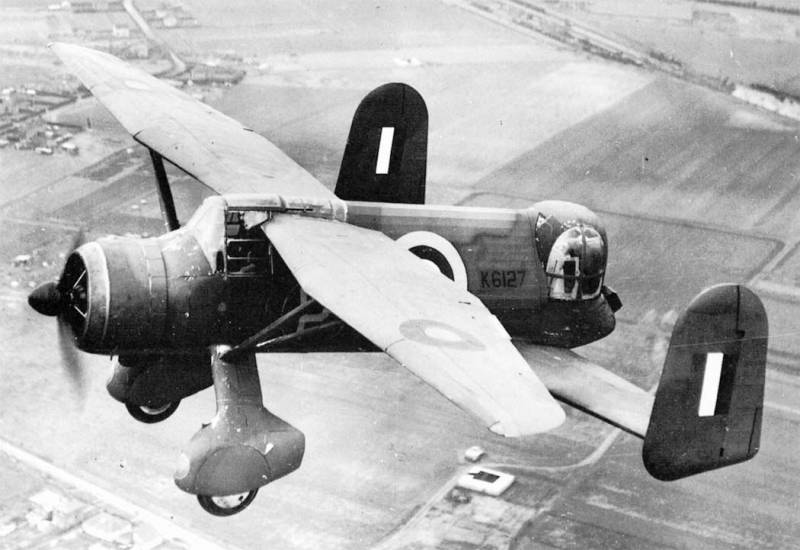
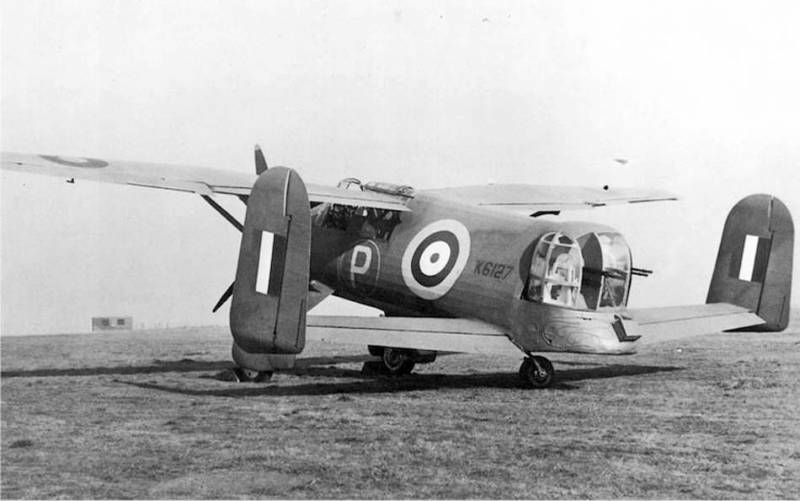
Information